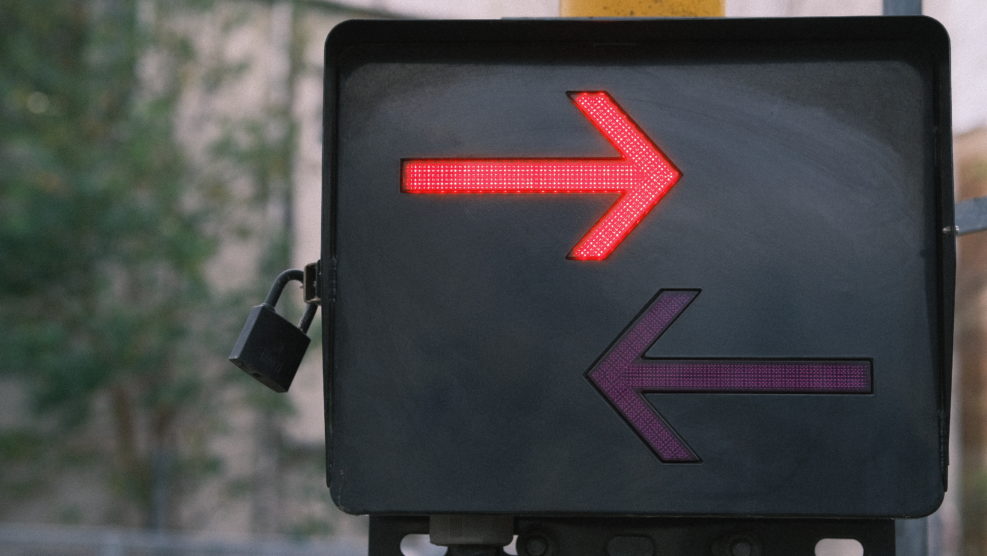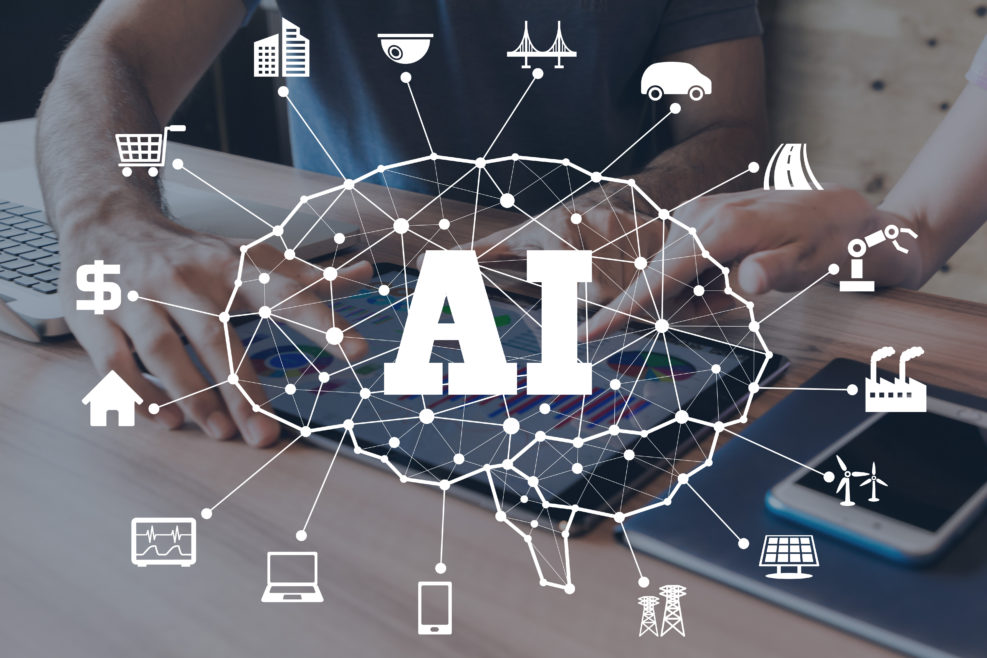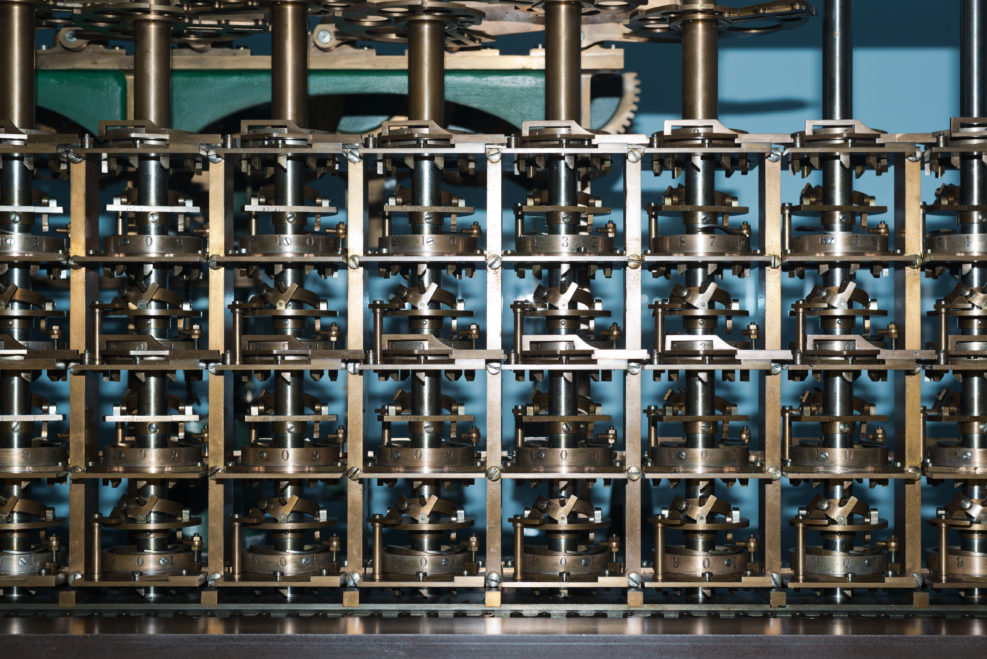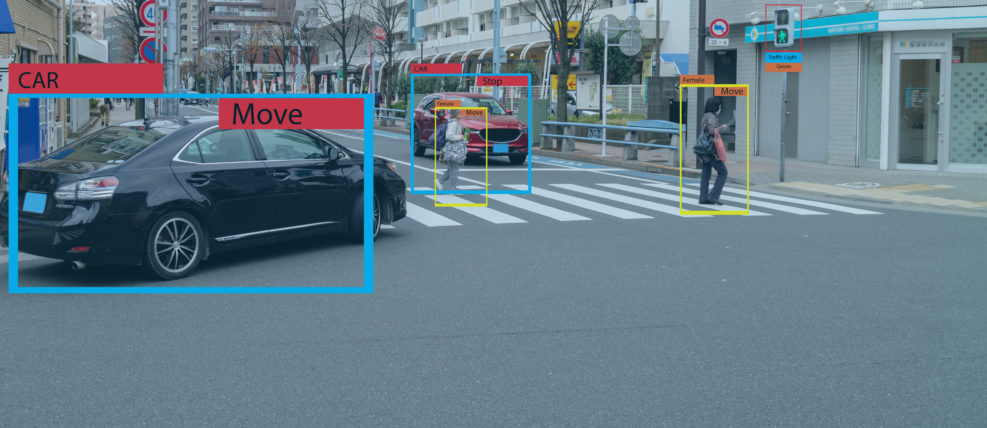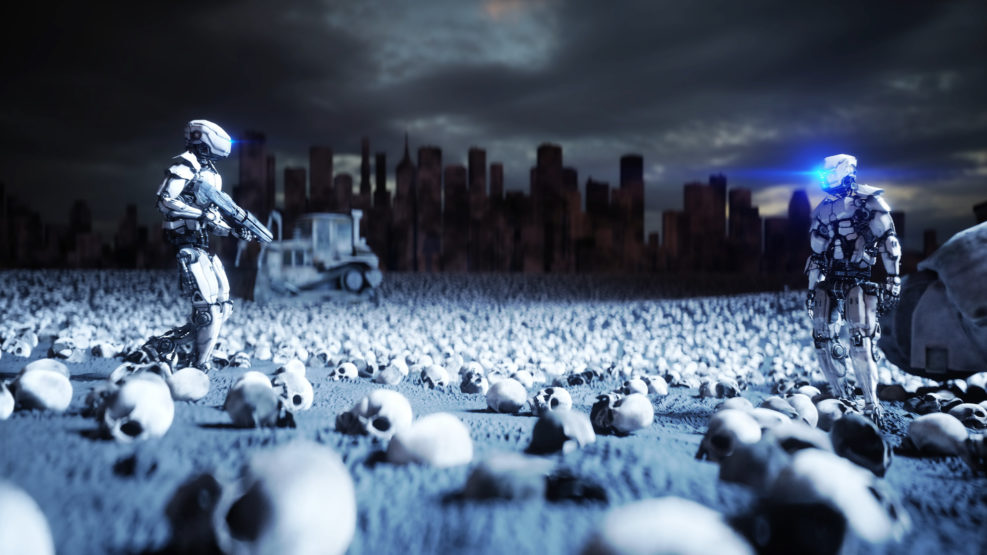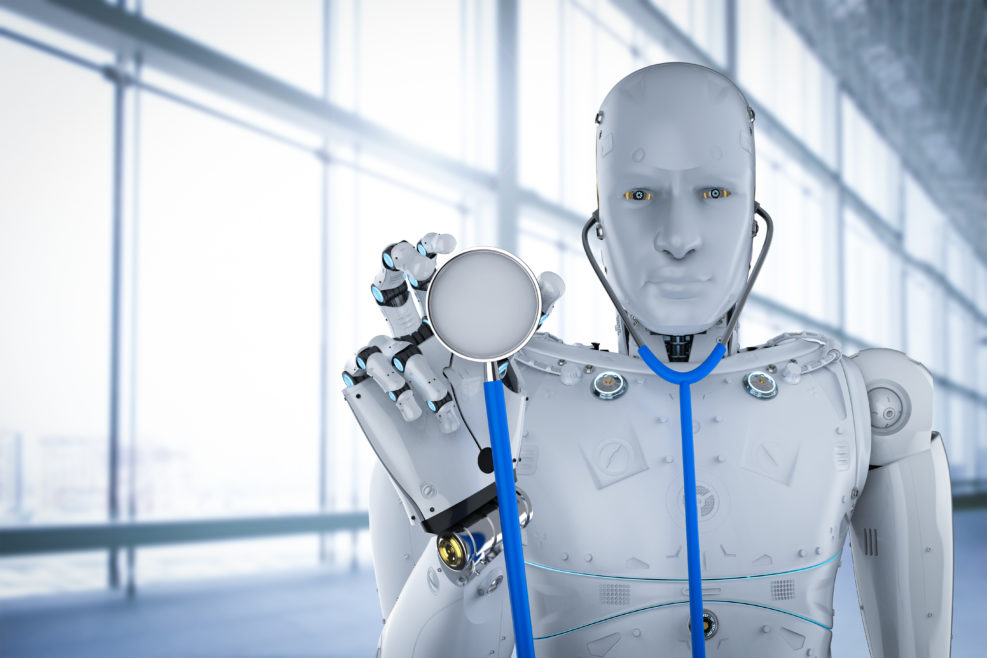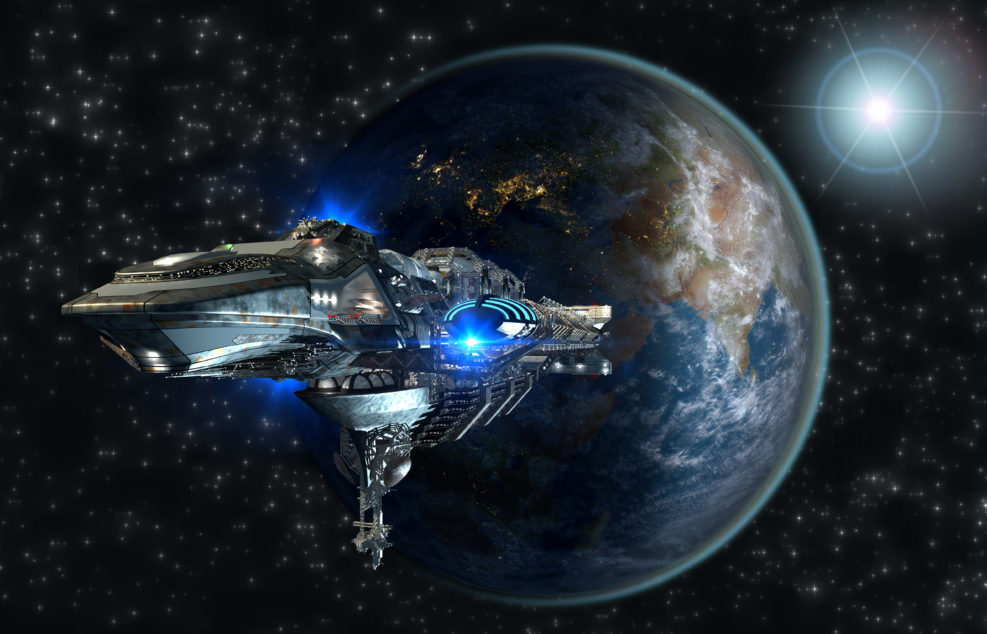
The Matrix Resurrections: The Studio Is Making Us Do This!
Mark Zuckerberg, eat your heart out. If there is one word to describe this movie, that word is Meta.Let’s address the most contentious issue first. This movie isn’t great, but it’s not The Last Jedi bad. Matrix fans aren’t going to be storming the gates in protest, because their beloved characters were assassinated for “the message.” It’s true that Neo is nerfed so that Trinity can take his place. This is annoying because, as I’ve said before, nobody wants to see a Dragon Ball Z spectacle featuring Neo’s powers just so the poor sap could die in obscurity because nothing he did mattered anyway. They didn’t do this, and that is to the writer’s credit. If there was anybody who deserved a deus ex machina sent by the Social Justice Warriors from on high, it was Trinity. Her Read More ›
